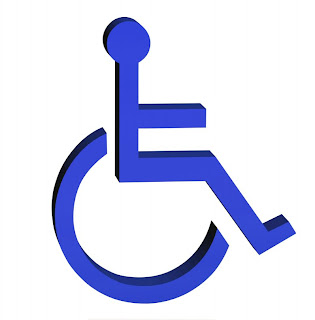Brain Damage Can Occur After Shaking A Baby For 4 SECONDS
 Child abuse expert Dr. Ann Springer wants parents and caregivers to know that it only takes 4 seconds to shake a baby to the point of brain damage.
Child abuse expert Dr. Ann Springer wants parents and caregivers to know that it only takes 4 seconds to shake a baby to the point of brain damage.
Once it has happened, it can't be fixed, so that's why it's so important that parents understand how to prevent it.
Nationally, about 3,000 cases a year of shaken baby syndrome are reported.
Dr. Springer said she sees one or two shaken baby cases each month, all children who survived.
Shaken baby syndrome is just what it says: brain trauma inflicted when a baby is shaken, causing bleeding on the brain, bleeding in the retina of the eyes, and other injuries.
Even if a child survives, the outcome is poor. These children generally do not recover, facing a life of mental retardation, cerebral palsy or other disabilities that may require lifelong medical intervention.
She has found that it often begins with a cry.
"It's what the parent conceives as uncontrollable," Dr. Springer said. "A baby cries on average two hours a day. (Caregivers) panic. The problem is, they are not thinking. We live in a violent society where for many, many folks, violence is the only way to manage disagreements. And it's no surprise that big people hit little people."More parent education is needed, even though new parents typically get some information on shaken baby syndrome before the mother is discharged from the hospital. It may not be enough. After you make sure that the baby is fed, changed, burped and not wearing clothes that are constricting try these tips:
- Take the baby for a walk outside in a stroller or for a ride in the car seat.
- Hold the baby against your chest and gently massage the baby.
- Rock, walk, or dance with the baby.
- Be patient; take a deep breath and count to ten.
- Call a friend or relative that you can trust to take over for a while, then get away, get some rest, take care of yourself.
- Offer a pacifier.
- Lower any surrounding noise and lights.
- Offer the baby a noisy toy; shake or rattle it.
- Hold the baby and breathe slowly and calmly; the baby may feel your calmness and become quiet.
- Sing or talk to the baby using soothing tones.
- Record a sound, like a vacuum cleaner, or hair dryer.

Comments